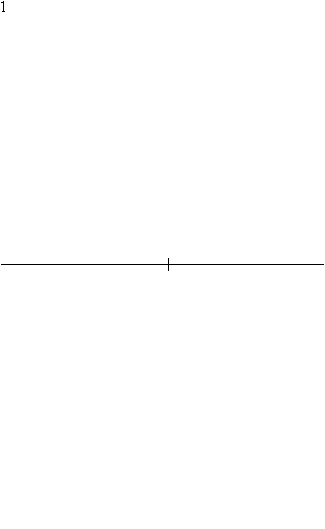Heptadecagon: Difference between revisions
added interwikilink to language es |
No edit summary |
||
| Line 1: | Line 1: | ||
[[image:Heptadecagon.svg|300px|thumb|right|A regular heptadecagon.]] |
[[image:Heptadecagon.svg|300px|thumb|right|A regular heptadecagon.]] |
||
In [[geometry]], a '''heptadecagon''' (or '''17-gon''') is a seventeen-sided [[polygon]]. |
In [[geometry]], a '''heptadecagon''' (or '''17-gon''') is a seventeen-sided [[polygon]]. |
||
A regular heptadecagon has [[internal angle]]s each measuring |
A regular heptadecagon has [[internal angle]]s each measuring approx 158.82 degrees. |
||
==Heptadecagon construction== |
==Heptadecagon construction== |
||
Revision as of 17:33, 12 February 2008

In geometry, a heptadecagon (or 17-gon) is a seventeen-sided polygon. A regular heptadecagon has internal angles each measuring approx 158.82 degrees.
Heptadecagon construction
The regular heptadecagon is a constructible polygon, as was shown by Carl Friedrich Gauss in 1796. Gauss was so pleased by this that he asked for one to be inscribed on his tombstone. The stonemason declined, stating that the difficult construction would essentially look like a circle. So it was later decided that a star would be used instead.
Constructibility implies that trigonometric functions of 2π/17 can be expressed with basic arithmetic and square roots alone. Gauss' book Disquisitiones Arithmeticae contains the following equation, given here in modern notation:
The first actual method of construction was devised by Johannes Erchinger, a few years after Gauss' work, as shown step-by-step in the animation below. It takes 64 steps.

Carl Frederich Gauss proved - as a 19 year old student at Göttingen University - that the regular heptadecagon (a 17 sided polygon) is constructible with a pair of compasses and a straightedge. His proof relies on the property of irreducible polynomial equations that roots composed of a finite number of square root extractions only exist when the order of the equation is a product of the form ???. There are distinct primes of the form :, known as Fermat primes. Constructions for the regular triangle, square, pentagon, hexagon, etc., had been given by Euclid, but constructions based on the Fermat primes were unknown to the ancients. The first explicit construction of a heptadecagon was given by Erchinger (see above). The following construction is adapted from the one first given by H. W. Richmond in 1893. Draw the large circle, centre O. Draw a diameter AB. Construct a perpendicular bisector to that diameter. Bisect one of the radii on this line. Bisect it again, to get point C in the diagram. Draw line AC. With C as a centre, draw an arc with radius CA, from A to the vertical diameter in the diagram. Bisect this arc. Bisect it again, to get point D in the diagram. Draw line CD, which then intersects line AB at point E. Construct line CF at to line CE, as in the diagram (so F is on AB). Bisect line AF and draw the circle with AF as its diameter. This circle intersects the vertical diameter at a point G. Draw the circle with centre E and radius EG. This intersects line AB at H and I. Draw lines perpendicular to AB, at points H and I. These intersect the big circle at J and K. Bisect angle JOK, producing point L. Points J, K, L, and A are vertices of the heptadecagon. You can use these points to construct the rest of the vertices.
See also
Further Reading
- F. Klein et al. Famous Problems and Other Monographs. - Describes the algebraic aspect, by Gauss.
External links
- Weisstein, Eric W. "Heptadecagon". MathWorld. contains a description of the construction.
- Constructing the Heptadecagon at MathPages


